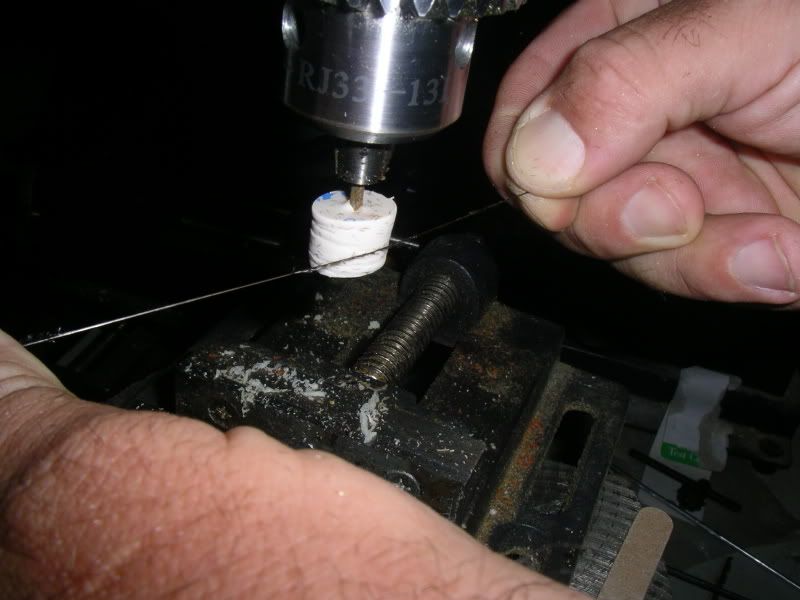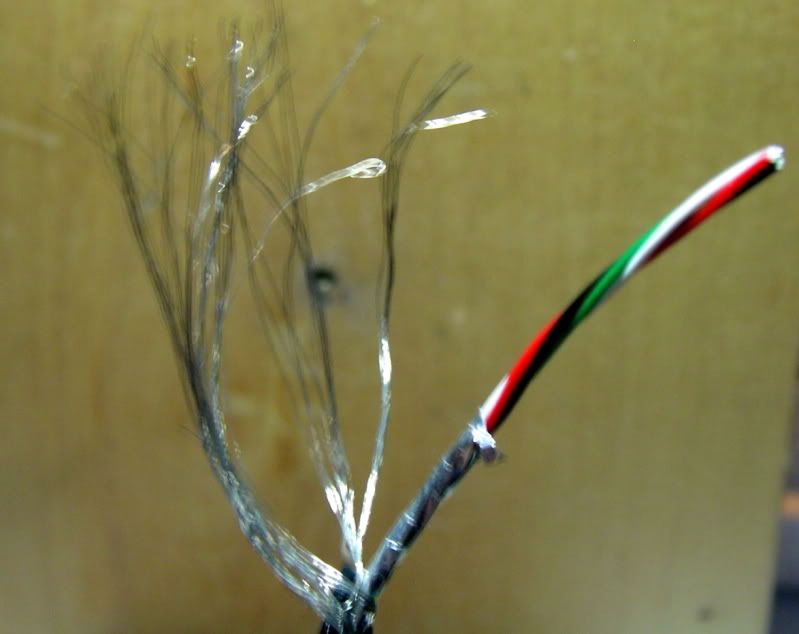Hair Evener

Copper pipe and fittings.
Flair the tube with a common flaring tool.
Cut a small piece of the tube and slide in the barrel and glue at the bottom to make the step.
Tool Caddy that attaches to the shaft of the vise or similar fixture.

Drill into soft plastic strip. In this case it was a scrap from a bathroom stall divider. Chamfer the top of the hole to make it easier to slide the most frequently used tools in.
Hurl stripping tool

White vinyl eraser cut with a circular punch. Fit a nail or screw into the middle. Quick way to take the fur off of hurl with a drill or drill press.
Like to hear your comments and thoughts.






